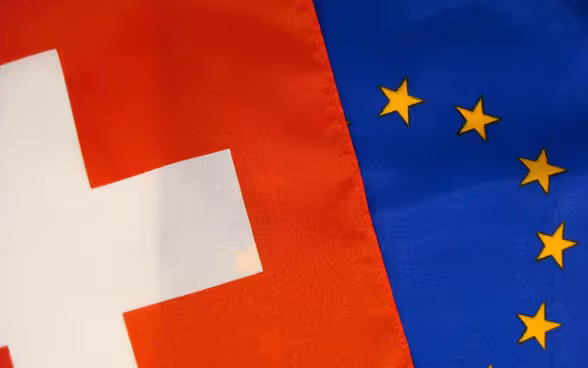Overview bilateral path
Switzerland is located in the heart of Europe and is surrounded almost entirely by member states of the EU. In view of its geographic and cultural proximity and particularly due to its political and economic importance, the EU with its 27 member states is by far Switzerland’s most important partner. In view of its close and wide-ranging ties with the EU, Switzerland has adopted an approach based on an array of bilateral agreements in clearly defined areas: the bilateral approach.

Contact
Europe Division
Federal Palace East
3003 Bern
Federal Palace East
3003 Bern

